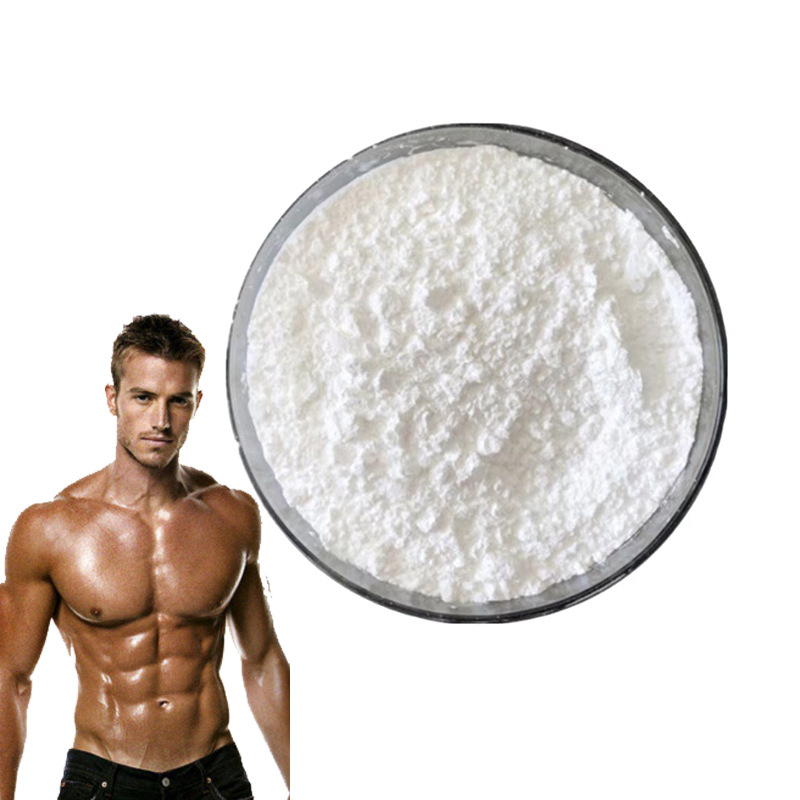Class of Compound:
Peptide
Mechanism of Action:
PT-141 is an agonist of the melanocortin receptors, with high affinity for MC4R, the stimulation of which increases sexual desire and causes sexual arousal in both men and women
Notable Studies:
· PT-141: a melanocortin agonist for the treatment of sexual dysfunction
· Salvage of sildenafil failures with bremelanotide: a randomized, double-blind, placebo controlled study
· Bremelanotide: new drug approved for treating hypoactive sexual desire disorder
What is PT-141?
PT-141, also known as bremelanotide, is an FDA-approved treatment of hypoactive sexual desire disorder (HSDD) in women . It is a modified synthetic derivative of alpha-melanocyte-stimulating hormone (α-MSH), a peptide of the melanocortin family that regulates skin pigmentation, feeding behavior, and sexual activity, among its other functions.
Back in the 1960s, researchers found that α-MSH caused caused sexual arousal when administered to rats, which eventually led to the development of α-MSH analogues like PT-141, melanotan I, and melanotan II.
In 2019, bremelanotide (PT-141) was approved in the United States as a therapy for premenopausal women with HSDD, and it is currently available under the brand name Vyleesi in auto-injection pens. The manufacture and commercialization of Vyleesi in the United States are conducted by Palatin Technologies, the company that originally developed the drug.
In addition to its role in treating HSDD in women, PT-141 has been extensively studied in a variety of contexts, including for its roles in treating erectile dysfunction (ED) and other forms of sexual dysfunction.

What Does PT-141 Do?
As an analogue of α-MSH, PT-141 acts on the melanocortin receptors (MCRs), which are found predominantly in the skin and central nervous system and cause an increase in pigmentation by activating melanocytes. However, MCRs are also associated with effects on sexual desire and appetite. PT-141 strongly engages MC1R, MC3R, and MC4R, the latter of which plays a role in modulating sexual desire .
Following a subcutaneous injection of PT-141, maximal levels occur after about one hour, with a range of 30 minutes to one hour . In the realm of male sexual desire, this translates to a virtually on-demand erection.
PT-141 Benefits | Clinical Trials
PT-141 that is sold online is generally available only to qualified researchers and is not intended for human testing. However, since PT-141 is another name for the FDA-approved drug bremelanotide, the documented benefits and applications of bremelanotide are identical to those of PT-141:
Potential treatment of erectile dysfunction:
While PT-141 is not indicated to treat erectile dysfunction (ED), several small-scale studies have found that it may be beneficial to male patients with ED who do not respond to sildenafil (Viagra).
A 2003 phase 1 randomized double-blind placebo-controlled trial involving 24 healthy male subjects without erectile dysfunction found that test subjects who received intranasal doses of PT-141 (4 to 20 mg) experienced “significantly increased duration of rigid erections of 140 minutes compared to 22 minutes in the placebo group” .
A 2004 study involving fewer than 400 patients found that doses of 1mg of PT-141 (bremelanotide) could produce a statistically significant “erectile response”.
Based on the above results, the safety and efficacy of PT-141 in test subjects with mild to moderate ED were investigated in a phase II study. Results showed a 3-fold increase in erectile activity following 20mg intranasal administration of PT-141.
A 2008 study involving intranasal bremelanotide spray found that it could help men achieve an erection suitable for penetrative sex when administered 45 minutes prior to intercourse.
These findings suggest that PT-141 may act as an alternative ED treatment for subjects who do not respond to sildenafil, a potentiality that merits further research.
Treatment of HSDD in premenopausal women:
As we have mentioned, bremelanotide is an FDA-approved treatment of low sexual desire in premenopausal women.
While female sexual desire is not yet fully understood, evidence suggests that estradiol, testosterone, dopamine, norepinephrine, and serotonin all play a role.
PT-141 activates presynaptic MC4Rs on neurons and increases the amount of dopamine released.
Leading up to its approval, research on bremelanotide showed that premenopausal women with sexual dysfunction who were administered the peptide experienced more sexually satisfying events and had less intercourse-related distress compared to placebo .
General sexual dysfunction treatment:
According to King et al., melanocortin agonists like PT-141 have “possible applications to the unmet medical needs of decreased sexual motivation and loss of libido”. The authors cited the Molinoff (2003) study, where PT-141 was found to increase the rigidity of erections in test subjects with and without ED. PT-141’s ability to trigger sexual desire in both men and women, independent of sexual stimulation, suggests that it holds potential as a treatment for a variety of sexual desire disorders.















